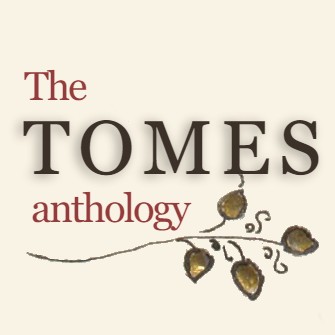Theme: Middle English Dialects
Texts
Introduction
The dialect that is most familiar to students of Middle English is undoubtedly that of the East Midlands, which was spoken around London. This dialect is represented by texts such as Chaucer’s Canterbury Tales, Gower’s Confessio Amantis and (though later) Mandeville’s Travels. The selections in this anthology were designed to offer an introduction to the range of other dialects spoken in medieval England. The Kentish dialect (spoken in the South East of England) is illustrated by the Ayenbite of Inwyt. The dialect spoken in the West of England, often considered a rather conservative dialect area, is represented by texts such as Ancrene Wisse and Hali Meiðhad (both of which illustrate the “AB language” famously described by J.R.R. Tolkien), and a more northern dialect is represented by the (forthcoming) selection from Sir Gawain and the Green Knight.
It is of course important to keep in mind that English was by no means the only language spoken in medieval England. This point is very clearly illustrated by the trilingual Psalter included in this anthology, which combines Latin, Hebrew and French. The lyric known as “Le fiz marie, cil ke tut le munde fist,” which blends French and English, and the lyric known as “Syng I wolde,” which blends Latin and English, both speak to rich traditions of multilingualism. The texts included here are designed to offer a glimpse into the wide range of voices, dialects and languages that made up the cultural fabric of medieval England.
Krista A. Murchison, General Editor
